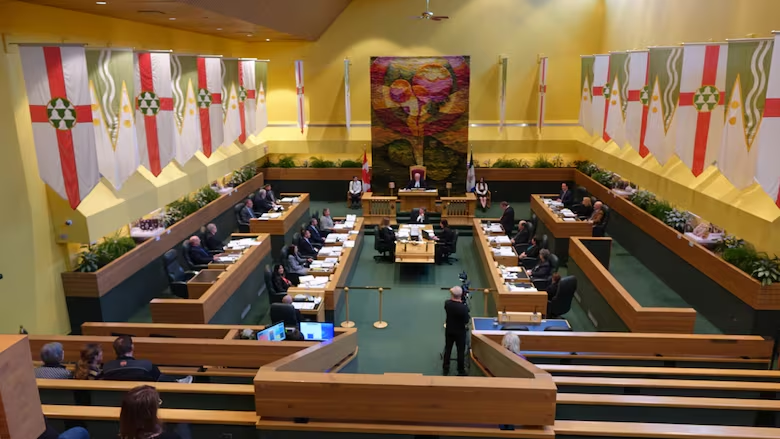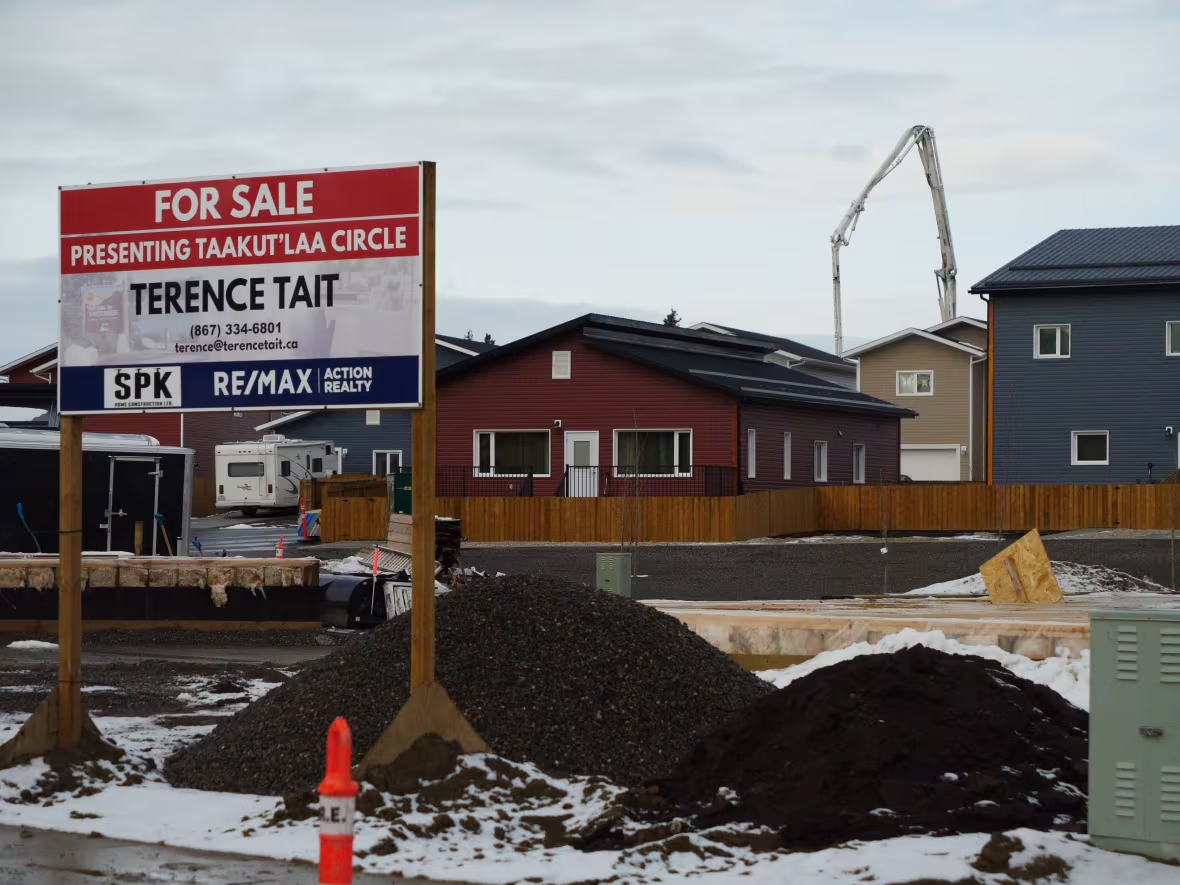By the numbers: Most Yukoners voted for the status quo, but it's not what they'll get
Only 3 — maybe 4 — of Yukon's 19 ridings have changed parties, but that's enough to shake things up

Yukon's political landscape has shifted this week — though it's still not quite clear in what way, and by how much.
But unofficial results from Monday's election show that Yukoners in a majority of ridings were largely satisfied with what they had before the vote — incumbent candidates or parties were re-elected in 15, and possibly 16, of Yukon's 19 electoral districts.
Another riding, Mayo-Tatchun, arguably stayed with the status quo as well. Liberal Don Hutton was elected there in 2016 but left the party just last month to endorse the NDP. His constituents opted to stay red though, sending Liberal Jeremy Harper to the legislature.
The remaining two or three seats — two picked up from the Liberals by Currie Dixon's Yukon Party and a third yet to be decided — have denied Premier Sandy Silver another majority government, and have possibly given the third-party NDP a more powerful voice in the next legislative assembly by handing them the balance of power in a minority.
Monday's overall outcome also belies the popular vote across the territory. Dixon's Yukon Party won about 39 per cent of the popular vote compared to 32 per cent for the Liberals and 28 per cent for the NDP. But the Yukon Party looks unlikely to form government, even if the Liberals ultimately lose in Vuntut Gwitchin.
The NDP, meanwhile — not far off from the Liberals in the popular vote — will hang onto its third-party status, even if it gains a seat in Vuntut Gwitchin.
Yukon Party incumbents hold on easily, Liberals less so
The most decisive wins on Monday were by NDP leader Kate White, who won a third term in her Takhini-Kopper King riding with 63 per cent of the vote — a much wider margin of victory than she saw in 2016, before she was party leader — and the Yukon Party's Brad Cathers who easily held onto his Lake Laberge seat for a fifth term, also with 63 per cent of the vote.
Yukon Party incumbents Scott Kent, Stacey Hassard, Geraldine Van Bibber, Wade Istchenko and Patti McLeod also won re-election by healthy margins, as did Liberal Leader Sandy Silver and former Speaker Nils Clarke.

The NDP's Emily Tredger, meanwhile, picked up the torch from former party leader Liz Hanson and easily held onto the party's stronghold of Whitehorse Centre.
Other ridings saw narrower wins by incumbents — many of them Liberals.
Cabinet minister Richard Mostyn held his seat in Whitehorse West with 40 per cent of the vote — just 22 votes more than the Yukon Party's Angela Drainville. He also won the seat in 2016 by 22 votes.
Liberal cabinet ministers John Streicker and Jeanie McLean also saw close races — with Streicker winning Mount Lorne-Southern Lakes by 40 votes, and McLean holding Mountainview with a 46-vote lead (a wider margin than last time, when she won by seven votes).
The Yukon Party's two gains, meanwhile, were mixed — Dixon easily unseated Liberal Ted Adel in Copperbelt North with 52 per cent of the vote and a 371-vote lead, while Yvonne Clarke's 61-vote edge in Porter Creek Centre over Liberal incumbent Paolo Gallina was narrower but still a clear win.
Power shift in growing riding
Clarke's win in Porter Creek Centre is notable not just because it was a gain for her party. That riding saw the biggest influx of new voters since 2016, and it appears that majority of them opted for Clarke, who will become Yukon's first Filipina MLA.
In 2016, there were 1,044 votes cast in Porter Creek Centre, while this year there were 1,681 — a difference of 637 votes.

The riding is home to Whitehorse's growing Whistle Bend subdivision and all three parties saw some of those additional votes come their way, but the Yukon Party saw the biggest boost. Gallina won in 2016 with 43 per cent of the vote to the Yukon Party candidate's 36 per cent. That flipped this time, with Clarke winning about 42 per cent to 38 per cent for the former Liberal backbencher.
Porter Creek North saw the next-highest increase in voters since 2016 — with 154 more ballots cast — but there was no change of seat there. The Yukon Party's Geraldine Van Bibber held on, winning a slightly-larger percentage of the vote compared to 2016.
The biggest drop in the number of ballots cast this time was in Watson Lake, where 550 people voted this year compared to 768 in 2016.
The lack of an NDP candidate in that riding was likely a factor. Rather than go with one of the other candidates, NDP voters may have just stayed home.
In 2016, 219 people voted NDP in Watson Lake. And on Monday, the riding saw 218 fewer ballots cast.
Results are unofficial until they are certified on Thursday. A recount in the Vuntut Gwitchin riding would then follow in the coming days.